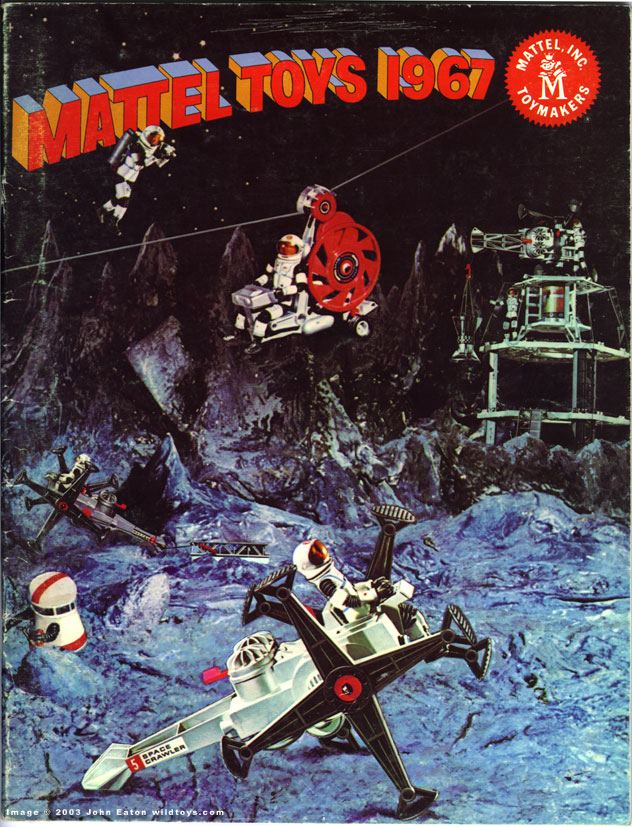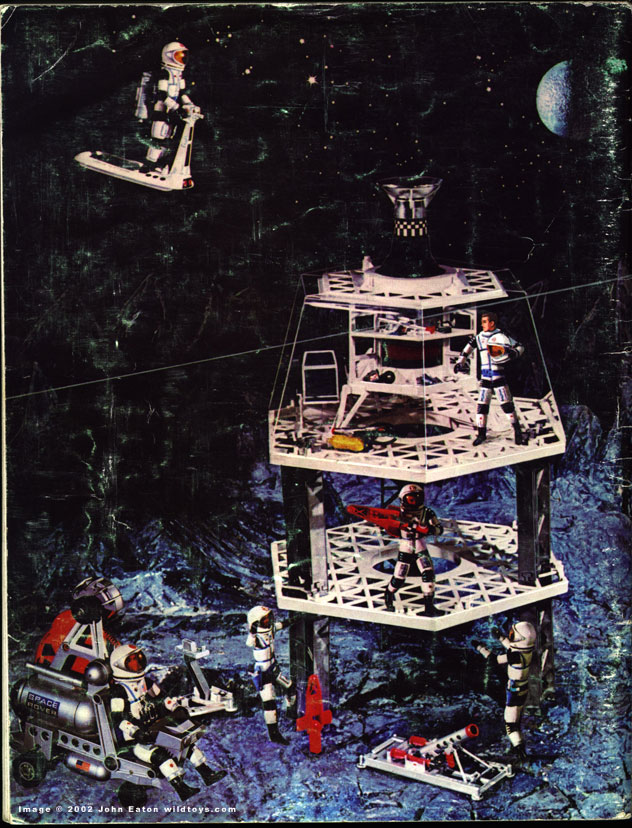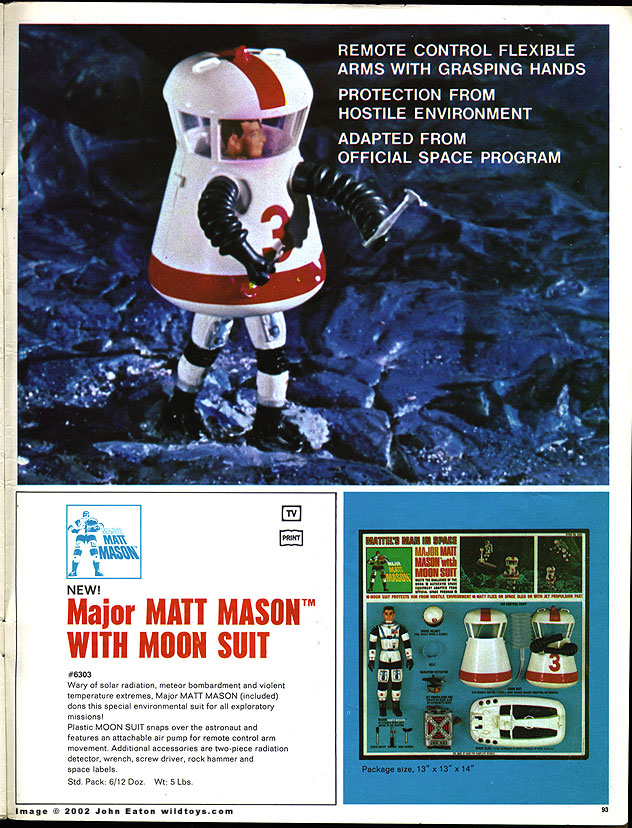Breaking News: WeWork’s CEO, Adam Neumann, is said to be stepping down, a stunning fall for an entrepreneur who oversaw one of the most valuable start-ups of the last decade https://t.co/WDSkfo6zSq— The New York Times (@nytimes) September 24, 2019
Couldn't happen to a nicer guy.
After firing hundreds of staff, the WeWork CEO held a somber all-hands meeting explaining why it was a necessary move, but then trays of tequila were handed out and DMC from Run-DMC burst into the room and performed "It's Tricky" https://t.co/t9oGq8ebTb pic.twitter.com/cuq0aM1Tqi— Tom Gara (@tomgara) September 18, 2019
Come to think about it, Adam Neumann's existence is an insult to all the hard-worker fraudsters who came before him. Back in the good old days con artists genuinely had to think about how to trick rich people. They had to have an angle.— Matt Stoller (@matthewstoller) September 24, 2019
Tom Braithwaite points out there's plenty of blame to go around.
Even as he elevates sanctimoniousness to an art form, Mr Neumann has withdrawn massive amounts of cash from his pre-IPO, pre-profit company and embraced huge conflicts of interest.Of course, the suffering won't quite be distributed equally.
He has taken out $700m in share sales and loans. He charged the company $5.9m for the trademark “We”. He part-owned four properties that were leased to the company for $8m last year.
It is easy to mock Mr Neumann. But others share responsibility. To lay all the blame at his door is to fall into the old trap of seeing all unicorns through the prism of their founder-gods.
There is a board, which is supposed to provide checks and balances. In descending order of tenure: Bruce Dunlevie, a founding partner at venture capital firm Benchmark, who has been there since July 2012; Steven Langman, co-founder of private equity firm Rhône; Lew Frankfort, former chief executive of luxury goods brand Coach; John Zhao, chief executive of Chinese investment firm Hony Capital; Mark Schwartz, former Goldman Sachs Asia head; and Ron Fisher, a SoftBank director, who joined in November 2017.
The all-male composition of the board is just the most glaring example of its tone deafness. The directors signed off on all of Mr Neumann’s efforts to extract money from the company. Belatedly, the group is reversing some of the cavalier decisions and improving corporate governance as it tries to win over public investors. Mr Neumann is returning some of the payments.
The fine print is known as a ratchet, and speaks to the opaque nature of private markets and sky-high valuations. The real estate start-up’s parent company was valued at $47 billion after its last funding round from SoftBank.
In the case of the WeWork’s parent company, it was a “partial ratchet” disclosed on page 115 of its S-1 filing. If the stock price comes in below a certain price in the IPO, investors like SoftBank will receive additional shares as compensation.
If triggered, these protections usually result in only a few million dollars worth of extra shares, according to Matthew Kennedy, senior IPO market strategist at Renaissance Capital. But because SoftBank’s latest round was so large and the possible down-round was looking to be less than half of that, the provision was expected to result in the world’s largest IPO ratchet.
“As a result, the founder and employees would see their own shares diluted,” Kennedy said. “It doesn’t look good for common shareholders to see that extra dilution on top of a down around.”
We'll give Stoller the last word.
If predatory pricing were illegal, which is to say you were not allowed to run companies to intentionally lose money in anti-competitive ways, much of the bullshit counterfeit economy (Lyft, Uber, WeWork, Bird) would disappear. And it should disappear.— Matt Stoller (@matthewstoller) September 24, 2019








